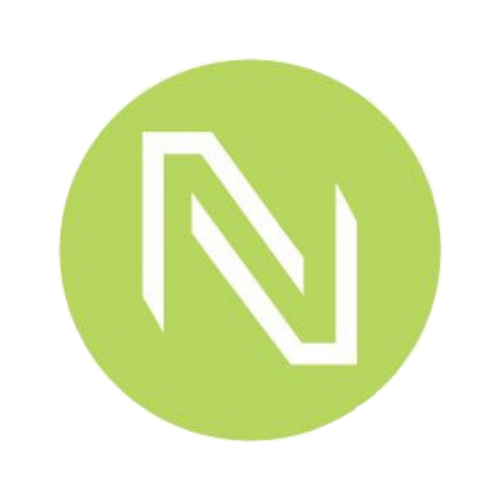Learning to Use Your Non-Dominant Hand
From a young age, we seek out and align with those “of our kind.”
In elementary school, that may be the first-grader who also prefers the crust cut off her PB+J sandwich (guilty). As we move into middle and high school, it could be the kid who also chooses to wear converse. It doesn’t change as we get older.
In college, we choose sports teams, clubs and sororities based on how the girls look, seem, talk and act. Post-college we may elect for a career or industry that hires people with whom we can identify. For example, if we reject the latest fashion trends, we may stay away from industries that attract budding fashionistas. Or, we may choose companies whose websites talk about joining a group of self-professed geeks who like whiteboarding, playing darts and drinking from the keg after work on Fridays.
The adage “like minds attract each other” is not just philosophy. Rather, it’s rooted in science and psychology. According to research published in an issue of Personality and Social Psychology Bulletin, “we are attracted to people who resemble our parents or ourselves.” What’s more, a study published in Group Processes & Intergroup Relations suggests that when people are able to choose friends from a larger, more diverse group, they select individuals who are most similar to themselves.
But if this is the case—if we prefer “like” company—what does this mean for hiring practices? Does the same logic apply that extraverted, highly creative folks are more apt to choose a gregarious, visionary candidate over the reserved, independent thinker? Does it follow that teams made up of dissimilar personalities are likely to be fraught with contention and lack of understanding?
As a student completing Cornell University’s Women in Leadership certificate program, I recently took the Myers Briggs assessment. I can’t say the results were all that surprising. I am an ENFJ which means naturally I am:
· Empathetic, responsive and responsible
· Highly attuned to people’s emotions, needs and motivations—trying to help fulfill, the potential in everyone
· Driven to act as a catalyst for individual and group growth
· Loyal, sociable and responsive to praise and criticism
· Guided by a responsibility for organizing the interactions of colleagues, friends or family so that all are involved, harmony prevails, and people have fun.
Here’s where I can struggle:
· Because I base my decisions on feeling, my decisions may be inconsistent and poorly formulated
· I may not see all the possibilities and may make decisions too quickly, without taking in enough information
· I can be opinionated, having definite “shoulds” and “should nots”
· I can assume I know what needs to be done, rather than taking the time to find out what is really wanted or needed
I also, like most personality types, struggle with my polar opposite type. Seems the old adage about “like minds” holds true for many of us. Take the ISTP, for instance. These are the folks who are driven by introversion, sensing, thinking and perceiving. They tend to quietly observe events until they see a problem. They like to analyze what makes things work, especially interested in cause and effect. They LOVE data.
As someone who has hired and managed teams for the past six years, I’ve learned that I struggle with the ISTPs and personality types like the ISTP. Because I am someone who derives energy from forming deep, interpersonal relationships, I struggle to understand the introvert. I thrive in creative, non-rigid environments—reticent to leverage data and analytics above heart and intuition. Our stark difference in natural preferences can cause lack of understanding and miscommunication.
In my class, we explored the importance of beginning to use our non-dominant hand, especially if in a position of leadership. Consider when you write your name with your dominant hand. It comes naturally; it’s effortless; it’s clean. Now swap hands. Take a stab at using your non-dominant hand. It can be uncomfortable, even a little messy. It takes extra work. But if we commit and focus hard enough, we can scribe our name cleanly.
Effective leaders understand the power that comes from using their non-dominant hand, or stretching to meet their teams where they are most comfortable. That means allowing a thinker on your team to analyze the work you give her for a few days before you ask for her thoughts. It could mean setting expectations with your team up front that though you are a big-idea thinker, you will create a balance of visionary and report-out meetings to create balance amongst the team.
I’ve tried using my non-dominant hand more recently, especially with those I don’t typically understand. And it’s hard! It puts onus on you, the leader, to amend your style. To feel uncomfortable and scribbly.
But as leaders we have to perfect this practice. We ask our team to move mountains regularly but we can’t ask them to join us with our preferences. Conversely, we need to move to their side and have a higher degree of awareness of what that employee needs. In so doing, you will have a greater understanding of the superstar talent that makes up your team. You will also create a safe environment in which differences are celebrated and explored.
It doesn’t matter if that team member prefers the crust on her PB+J sandwich. Try the crust just once. Who knows… you may like it.
